
In this lesson, students will begin to study Swift’s famous essay “A Modest Proposal,” and answer the question, what is Swift really arguing?
- Subject:
- English Language Arts
- Reading Literature
- Material Type:
- Lesson Plan
- Date Added:
- 09/21/2015

In this lesson, students will begin to study Swift’s famous essay “A Modest Proposal,” and answer the question, what is Swift really arguing?
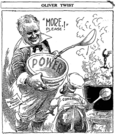
In this lesson, students will watch part of a film or television show that uses high school stereotypes, and they’ll analyze various cinematic elements that fuel its satirical power.
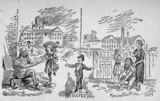
In this lesson, students will look at how a writer discusses poverty. Everyone knows poverty is devastating, but how can a writer most effectively create a response from his or her audience so people want to take action? And what kinds of evidence are most persuasive?
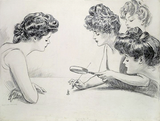
In this lesson, students will look closer at Swift’s essay to understand more fully how he works toward his purpose. Students also compare this essay with other satires they have read so far.

In this lesson, students will examine stereotypical figures in three pieces of classic literature that often emerge in settings that serve as microcosms for the society at large. They will determine the intent of the satirical nature of each piece as well as the means of achieving it.
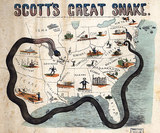
In this lesson, students will study some grammatical principles about how Swift crafted “A Modest Proposal.”

In this lesson, students will study some grammatical principles about how Swift crafted “A Modest Proposal.”

Students will identify entertaining or harsh examples Juvenal uses to criticize parenting skills. Then they will discuss strong concrete details found in Juvenal’s text.
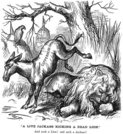
Students write a description of a parenting problem Juvenal would be unhappy about today and come up with three concrete examples that illustrate the problem. Then the whole class shares and comments on the examples.
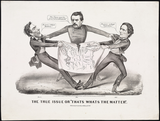
Students continue to look at “Once Upon a Time.” They’ll consider what makes the story so powerful and what makes it a Juvenalian satire.
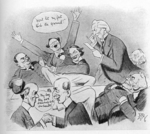
In this lesson, students will finish and share their cartoon characters and spend some time analyzing each other’s creations. They’ll look specifically at whether their classmates took a more Juvenalian or Horatian approach.
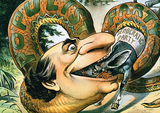
In this lesson, students will continue to study Swift’s famous essay “A Modest Proposal.” Why did Swift write the essay as he did?

In this lesson, students watch each video twice. The first time, they will watch just to enjoy one another’s creative work. The second time, they will take notes that they can use for the final discussion of satire in Lesson 28.

In this lesson, students will assess their own videos, considering what they’ve learned about satire in this unit. They will also talk about other videos and try to agree on what worked most successfully.

In this 5-day unit, students will explore the topic of love. After reading six poems from writers in the 16th and 17th centuries, they will decide which poet had a better idea than the others about how to express love to a young woman.

In this lesson, students will read two fairly short poems with very similar themes. While the message of the poems is of primary importance to the writers and to their intended audience, students will also read to see who is more clever, sincere, and effective.

In this lesson, students will finish discussing the Marvell poem and read “Youth’s the Season Made for Joys.” All four of the poems fit the category of carpe diem poetry. Students will write about which of these poems is best for its purpose and discuss what makes a good love poem.

The laws that govern and the social norms that regulate society are not always fair, legal, moral, or ethical. What is a person to do about all this injustice? What are the hazards of righting injustices or changing social norms? And what are the dangers of doing nothing?
ACCOMPLISHMENTS
Students read and annotate Antigone, “Letter from a Birmingham Jail,” and Pygmalion.
Students write a literary analysis showing the effect of social class or the law on a character’s life.
GUIDING QUESTIONS
These questions are a guide to stimulate thinking, discussion, and writing on the themes and ideas in the unit. For complete and thoughtful answers and for meaningful discussions, students must use evidence based on careful reading of the texts.
How do social class and legal institutions shape literary characters’ lives (and presumably our lives)?
How does social class affect a person in dealing with the law (protect a person, hurt a person)?
How is social class determined in America and in other places in the world?
BENCHMARK ASSESSMENT: Cold Read
During this unit, on a day of your choosing, we recommend you administer a Cold Read to assess students’ reading comprehension. For this assessment, students read a text they have never seen before and then respond to multiple-choice and constructed-response questions. The assessment is not included in this course materials.

In this lesson, students will take a survey about justice and the law and discuss the results. Then they will learn about the ongoing Independent Reading assignment they’ll be doing over the course of the unit.

In this lesson, students continue reading, annotating, and discussing Antigone. Students will learn more about the Oedipus myth and consider a different perspective on the story.